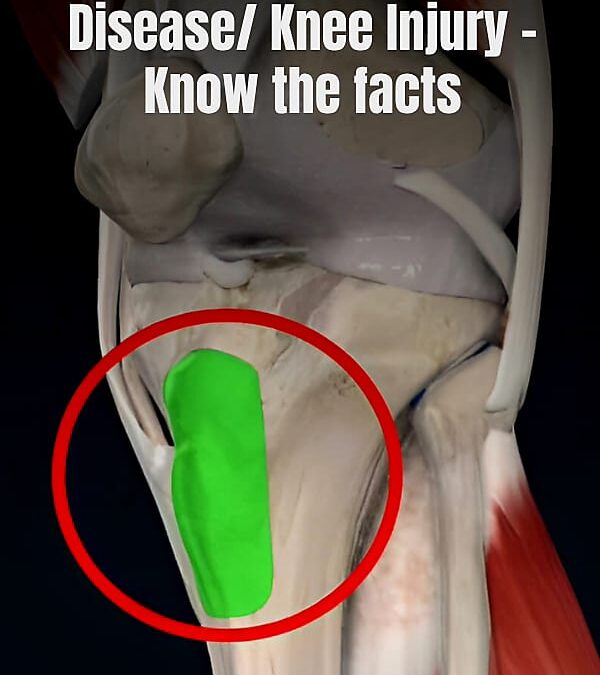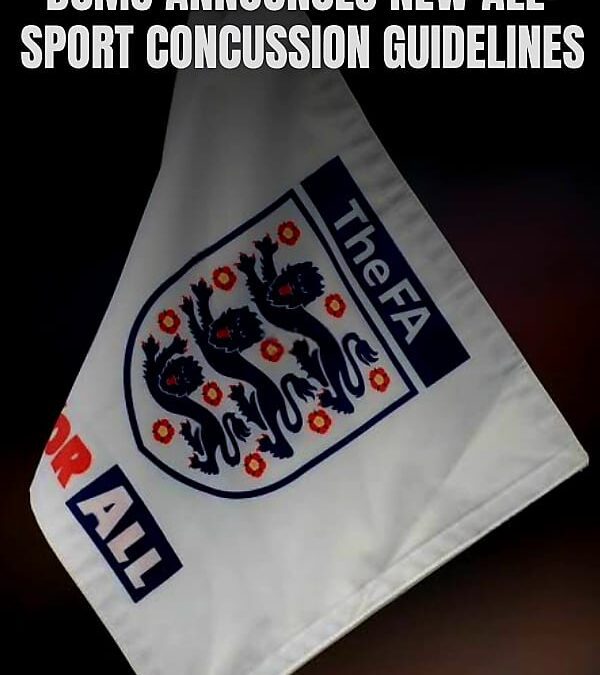
by GRF Admin | Feb 19, 2025 | Coaching, Featured, Health, News
This week we visit Osgood Schlatters Disease, or as I like to call it a condition of the knee in children! What exactly is Osgood Schlatters? Essentially it is painful inflammation or irritation of the bone growth plate in the shin bone (tibia bone) which is just...

by GRF Admin | Apr 28, 2023 | Health, Latest News
We welcome the introduction of new UK-wide Concussion Guidelines for Grassroots Sport, which was announced today by the Department for Culture, Media and Sport [DCMS] and the Sport and Recreation Alliance. The development of these new guidelines has been led by the...

by GRF Admin | Jul 22, 2021 | Coaching, Featured, Footy Mums, Health, News
Severs disease is the most common issue I have seen recently with children. The majority of them currently play football extensively! It’s also called calcaneal apophysitis and its not really a disease, but an over use injury where by the growth plate in the heel can...

by GRF Admin | Feb 24, 2020 | Coaching, Featured, News, Parents
We have today announced updated heading guidance for all age groups between under-six and under-18, in association with the Irish and Scottish FAs. The updated heading guidance, which will be introduced immediately, will provide grassroots clubs, coaches and players...

by GRF Admin | Jan 24, 2020 | Coaching, Featured, Health, News
The hamstring is a very common sporting injury. Unknown to some the hamstring is made up of 3 muscles which are the Bicep Femoris Semitendinosus Semimembranosus These muscles start from the bottom of the pelvis (Ischial tuberosity) and they travel down the back of the...






